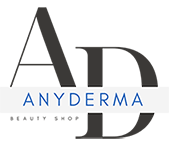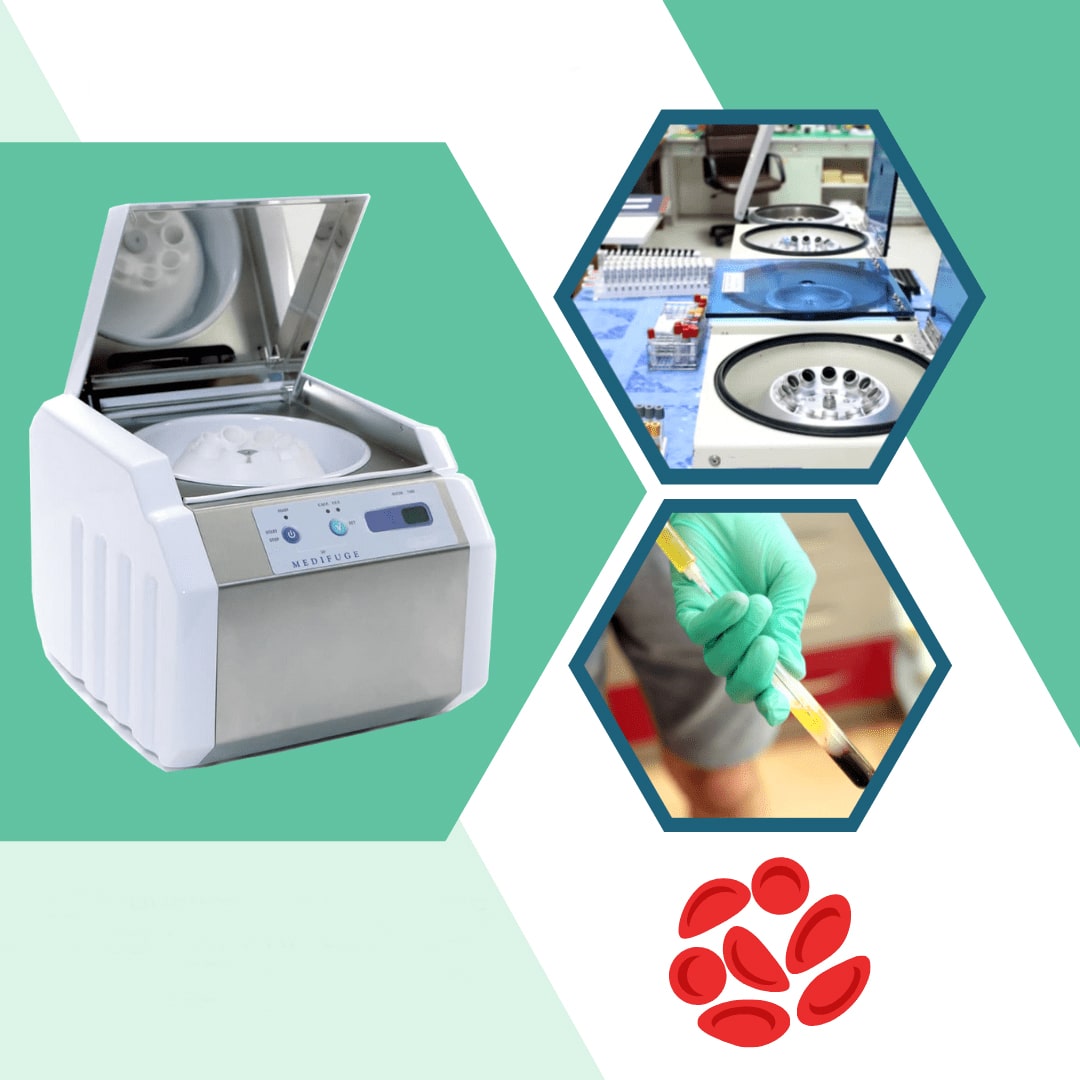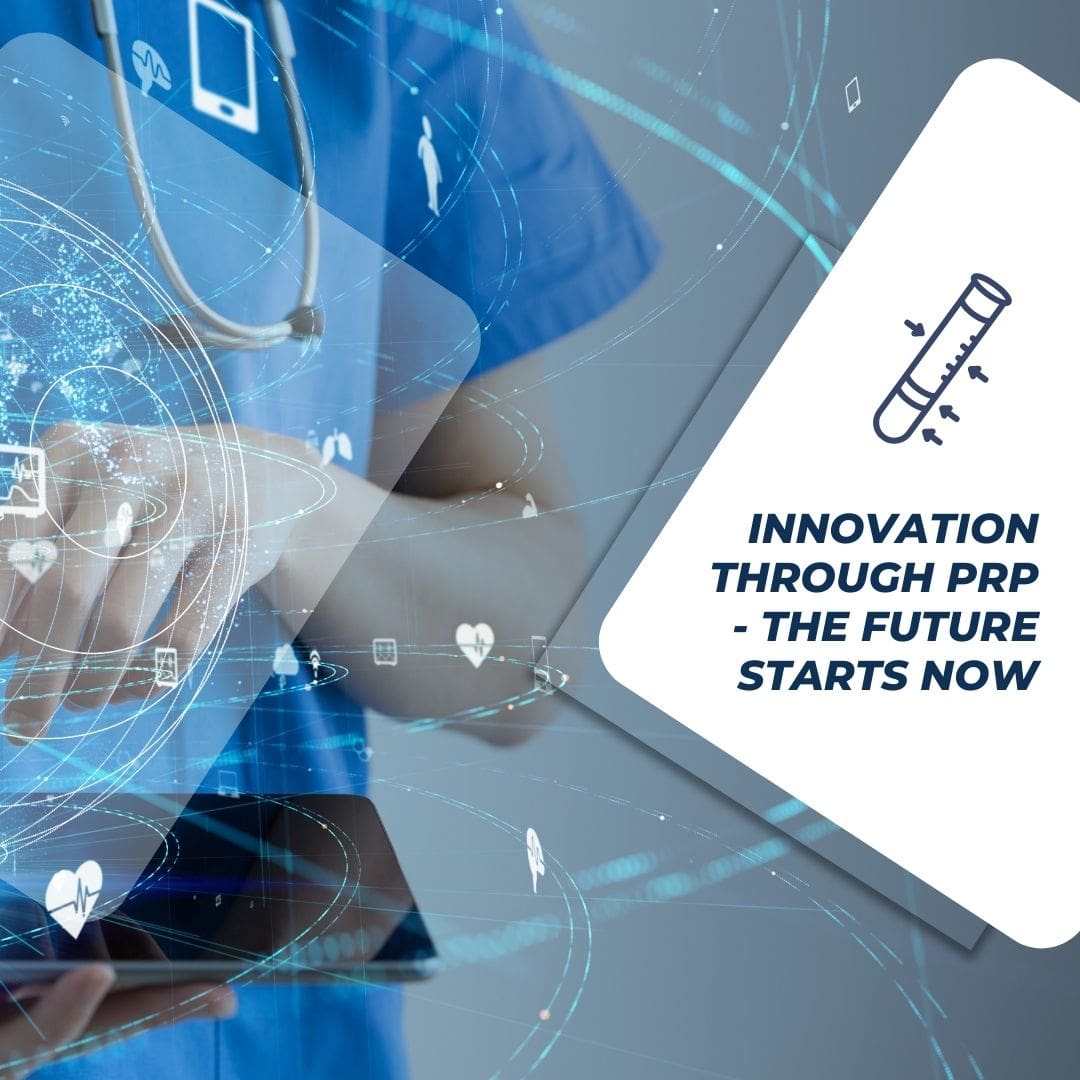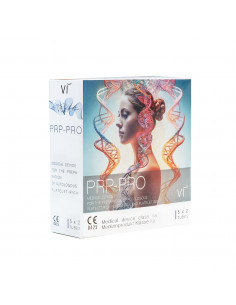What is PRP therapy?
PRP therapy is a treatment method in which blood is drawn from the patient, centrifuged, and the resulting platelet-rich plasma (PRP) is injected to promote tissue healing and regeneration.
How does PRP therapy work?
In PRP therapy, blood is drawn from the patient and centrifuged to isolate the PRP. This is then injected into the injured or diseased tissue to promote healing and regeneration.
What are the advantages of PRP therapy?
PRP therapy can shorten healing time, relieve pain and improve the function of the treated area. It utilizes the body's natural healing mechanisms and can be an alternative to more invasive treatments.
Does PRP therapy have side effects?
Possible side effects of PRP therapy may include pain, swelling and redness at the injection site. However, the risk of serious side effects is low because the injected material comes from the patient's own body.
For which diseases is PRP therapy used?
PRP therapy is used in many medical fields, including orthopedics, sports medicine, cosmetic medicine and dentistry. It can be used to treat conditions such as arthritis, tendon injuries and hair loss.
How long does a treatment with PRP last?
A typical PRP treatment takes about an hour, including preparation time. The injection itself usually takes only a few minutes.
Is PRP treatment painful?
Some patients report mild to moderate pain during the injection. However, the pain can be minimized by local anesthesia.
How many PRP treatments are necessary?
The number of PRP treatments required depends on the patient's condition and individual response to therapy. Some patients may experience improvement after just one treatment, while others may require multiple treatments.
Who can perform PRP therapy?
PRP therapy should be performed by a qualified medical professional who has experience with the method and knowledge of the specific conditions for which it is used.
Is PRP therapy safe?
Yes, PRP therapy is considered safe. Since the injected material comes from the patient's own body, the risk of side effects or complications is low.
Are the costs of PRP therapy covered by health insurance?
The cost coverage for PRP therapy by health insurance varies depending on the country and insurance company. It is advisable to check with your health insurance company before starting treatment.
How do I prepare for PRP therapy?
In general, there are no special preparations for PRP therapy. However, your doctor will inform you of any special instructions.
What happens after PRP therapy?
After PRP therapy, you may experience mild pain or swelling at the injection site. These symptoms should subside after one to two days. Your doctor will inform you about special aftercare measures.
Can I go back to work immediately after PRP therapy?
Most patients can return to their usual activities immediately after PRP therapy. In some cases, however, the doctor may recommend limiting physical activities for a certain period of time.
How quickly does PRP therapy work?
The results of PRP therapy are not visible immediately. Most patients notice an improvement in their symptoms within three to four weeks after treatment.
Can PRP therapy be combined with other treatments?
Yes, PRP therapy can often be combined with other treatments such as physical therapy or medications to achieve optimal results.
Can every patient benefit from PRP therapy?
Although PRP therapy is suitable for many patients, there are certain conditions and circumstances that may make the therapy less effective or unsuitable. Your doctor will assess your suitability for PRP therapy.
What happens if PRP therapy does not work?
If PRP therapy does not produce the desired results, other treatment options may be considered. It is important to discuss this with your doctor.
What is the difference between PRP therapy and stem cell therapy?
Although both PRP and stem cell therapy can support regenerative processes in the body, there are some differences. PRP therapy uses platelet-rich plasma from the patient's own blood, while stem cell therapy uses stem cells from various sources to repair or replace tissue.
Is PRP therapy the same as a blood transfusion?
No, PRP therapy is not the same as a blood transfusion. In PRP therapy, a small amount of blood is drawn from the patient, which is then specially prepared and re-injected. In a blood transfusion, the patient receives blood from a donor.
Does PRP therapy help with sports injuries?
Yes, PRP therapy can often be used to help heal sports injuries by supporting the body's natural healing process.
Can PRP therapy help with osteoarthritis?
PRP therapy can help relieve the symptoms of arthritis by reducing inflammation and promoting regeneration of joint tissue.
How often should PRP therapy be repeated?
The frequency of PRP therapy depends on the patient's condition and individual needs. Some patients benefit from a single treatment, while others require multiple sessions.
Are there any side effects with PRP therapy?
As with any injection therapy, side effects such as pain, swelling or infection at the injection site may occur. These side effects are usually mild and temporary.
Does PRP therapy help with hair loss?
Yes, PRP therapy is increasingly used as a treatment option for certain types of hair loss. It can stimulate hair growth and increase hair density.
Does PRP therapy help with skin problems?
Yes, PRP therapy is often used in aesthetic medicine to treat various skin problems such as acne, scars and wrinkles.
How long do the results of PRP therapy last?
The duration of results varies depending on the indication and individual patient factors. As a rule, the results last from several months to a year or longer.
Is the treatment with PRP painful?
Most patients experience little or no pain during PRP therapy. Local anesthesia can be used to minimize any discomfort.
How safe is PRP therapy?
PRP therapy is considered a safe treatment option because the patient's own blood is used, minimizing the risk of infection or allergic reactions.
Can PRP therapy help with tendonitis?
Yes, PRP therapy can help relieve the symptoms of tendonitis by reducing inflammation and promoting tissue healing.
Please note that all medical decisions should be discussed with a qualified healthcare provider to ensure that PRP therapy is appropriate for your specific needs.




